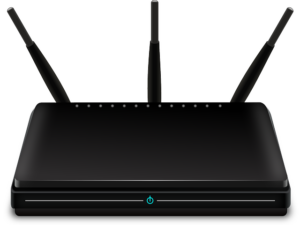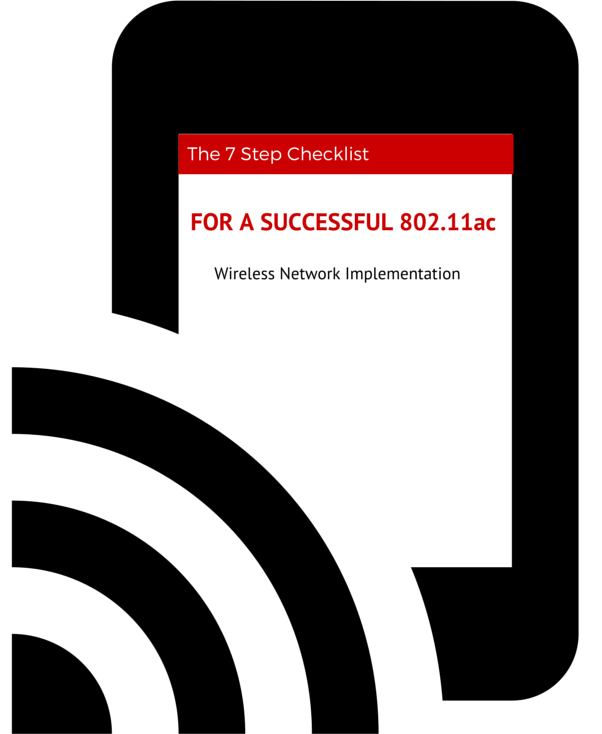IEEE 802.11ac is a new wireless standard that enables faster Wi-Fi connectivity to support the growing needs of businesses across the globe.
If you aren’t familiar with 802.11ac, here are some key details:
- Gigabit speeds: Significantly higher data rates
- Operates at 5 GHz: More consistent user experience
- Improved modulation: Adds 256 QAM
- Integrated beamforming: Interoperability and increased effective range
- Multi-user MIMO: Doubled throughput
We will soon be seeing an increase in 802.11ac products available on the market; therefore, it’s essential for organizations to learn the basics about deploying this new technology.
Your existing network infrastructure will need to be updated to handle the new wireless network – but you need to know what to update, and to what degree.
Meru Networks has a great deployment checklist for successfully deploying 802.11ac:
 Evolving Wireless Networks
Evolving Wireless Networks
Businesses must be able to keep up with the ever-increasing demands on wireless networks. Wireless technology today faces higher client density, more devices (thanks to the “Bring Your Own Device” trend), more applications, and a need for faster speeds.
802.11ac is a powerful evolution of wireless technologies. If your organization is considering migrating to 802.11ac, you should:
- Start with a Wireless Site Survey to assess your current environment and infrastructure.
- Contact an experienced technology integrator for help designing a cost-effective migration and deployment plan.
>> Activo has extensive expertise designing and implementing enterprise networks – from cabling to access points to wireless. We’re partnered with leading wireless providers: Aruba, Meru, and Cisco. Contact us today.
More on Wireless from Activo:











